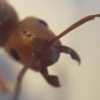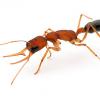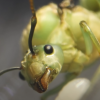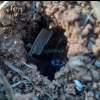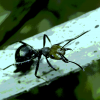Lasius niger are invasive in Canada. Considering how stupendously aggressive and territorial they are they're very likely to wipe the floor with most native ants.
And then there's Lasius neglectus the only temperate climate supercolony species (looks fairly similar to Lasius niger), a plague that has already taken over entire city blocks in central Europe similar to how Argentines do in warmer climates.
Formica fuscocinerea (as species from the Serviformica group) is currently becoming an invasive in southern Germany, taking over sandy areas and children playgrounds with their massive budding colonies (it even got some media attention because usually parents don't like their toddlers being bitten by big black ants).
Camponotus is probably one of the groups that may on average cause the least problems but there are species (like the polygynous Camponotus nicobarensis) with a definite potential to become invasives (didn't they find a "wild" colony of these at some US port recently?).
The invasive tiny Brachymyrmex patagonicus may cause serious problems down the line as it is one of the few species that don't just excel in "disturbed landscape" (aka anywhere near humans) but has shown that it can very easily invade natural woodland habitats.
Pharao ants belong to the genus Monomorium.
I could go on but I think that's enough to show that limitations on a genus level won't work. Almost every genus has a few problem species and the more generalist it's members typically are the higher is their potential to establish themselves in a new environment and become invasive.
Edited by Serafine, January 14 2020 - 6:38 AM.





